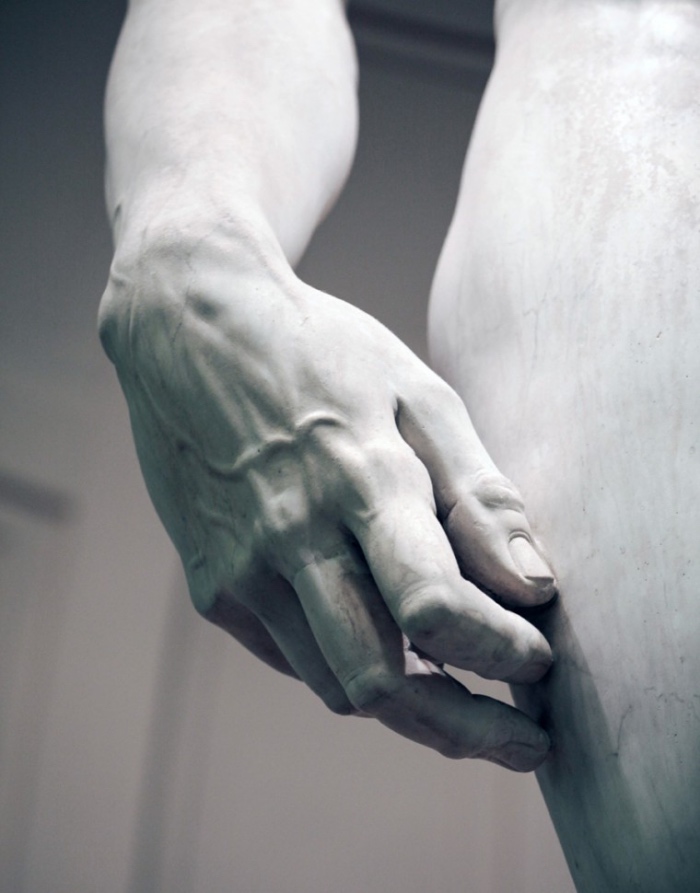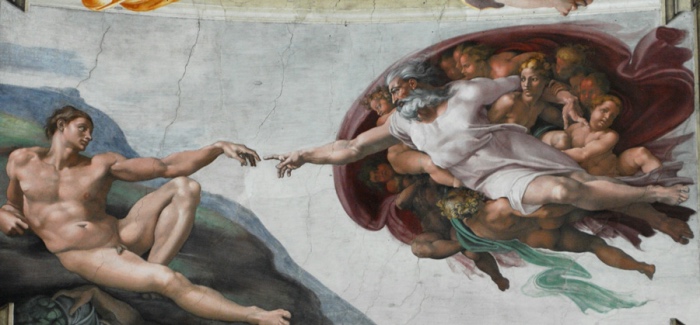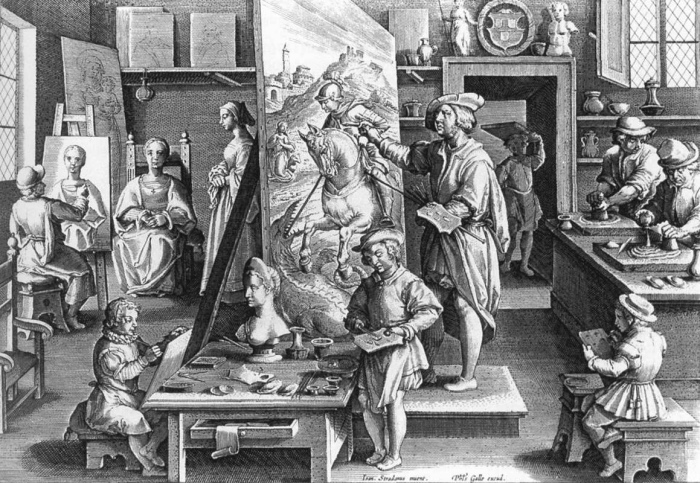
Image source: www.accademia.org
The Renaissance brought wonders to art. It was an artistic, cultural and intellectual movement that developed in Europe between the 14th and 17th centuries, but whose main centre of development was Italy.
In the artistic context, the Renaissance was characterised by a strong focus on the rediscovery of classical antiquity and a greater expressiveness and realism in representations.
In this post, Adele Pelazza tells us about the characteristics of this particular moment in art history.
The Wonders of Art: From Renaissance to Baroque

Image source: Biglietti Musei Roma.com
For a better understanding of art, I believe it is necessary to be aware of one of the most difficult, yet flourishing periods in history in order to understand the essence and reasons for the turning point from a dark period that lasted many centuries to total freedom of expression and affirmation by artists who made the officialdom and value of art possible through their works and writings: a concept where the debate is still open.
A REBIRTH
The great masters: painters, sculptors and architects who, from 1400 onwards, were the cornerstones of modern art, handed down to us with a wealth of works an entirely new conception of art. In no other epoch had art been as important as it was in the Renaissance, and its civic function was finally recognised.
From the very early 1400s, therefore, there was a renaissance understood as a turning point in the condition of the human person, man finally expressing himself freely with his gifts after centuries of voluntary or conditional moral and material constraint.
Artists exerted a primary role on the life and thought of the time. From simple craftsmen, they became intellectuals. Talent was perfect for the demands of a rich and evolved society in which the number and taste of patrons multiplied and varied: it was no longer just nobles and ecclesiastics, but merchants, bankers, entrepreneurs and humanists who formed the bourgeois ruling class in Italy.
It is they who order works, who circulate artistic products, who make foreign art known, as is the case with Flemish painting. The patrons increase the artistic trade and stimulate the artists’ imagination by demanding ever new and different works from which they can derive pride and prestige.

Image source: auvage27.blogspot.it
THE WORKSHOP: FROM ART SCHOOL TO ORGANISED FIRM
In this environment the workshop took on a fundamental role: it was no longer a simple school of arts and crafts, but an organised firm, a workshop of activity, ready to produce from the most humble artefacts to the highest masterpieces. In it, in fact, carpenters, blacksmiths, marble workers worked alongside Renaissance artists, and often the stonemason was identified with the great sculptor.
The workshop therefore retains its artisan character but its new commercial function also makes it a centre of economic and political encounters. The artist is therefore not only a craftsman, he develops his personality and is indeed often conditioned by external experience. He moves, travels, gets to know, fulfils requests from distant patrons, and in many cases that we will later analyse, stays for years outside his homeland.
From these concepts springs the modernity of art, not only as an expressive moment of the artist’s concepts and forms, but a new language is born, an artistic culture that from an isolated phenomenon is transformed into a grandiose movement, with the Renaissance there is a turning point that embraces the entire history of Italian and European art.

